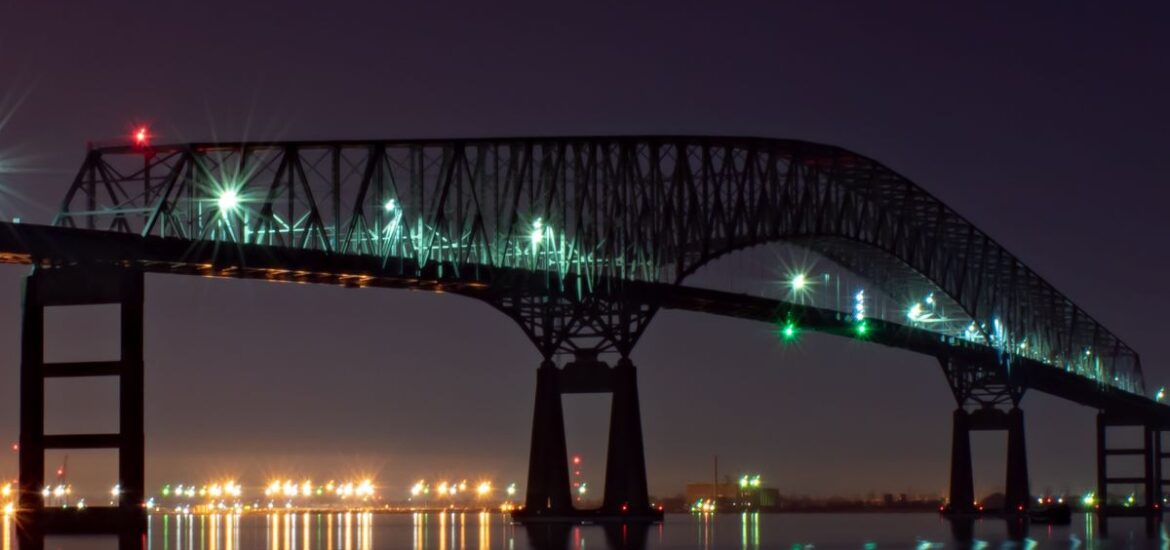The bridge collapse in Baltimore has triggered significant economic disruptions across numerous industries. With the port temporarily closed, a crucial trade and business route faces remarkable challenges. We explore the aftermath and potential consequences of this tragic incident.
The Francis Scott Key Bridge Catastrophe
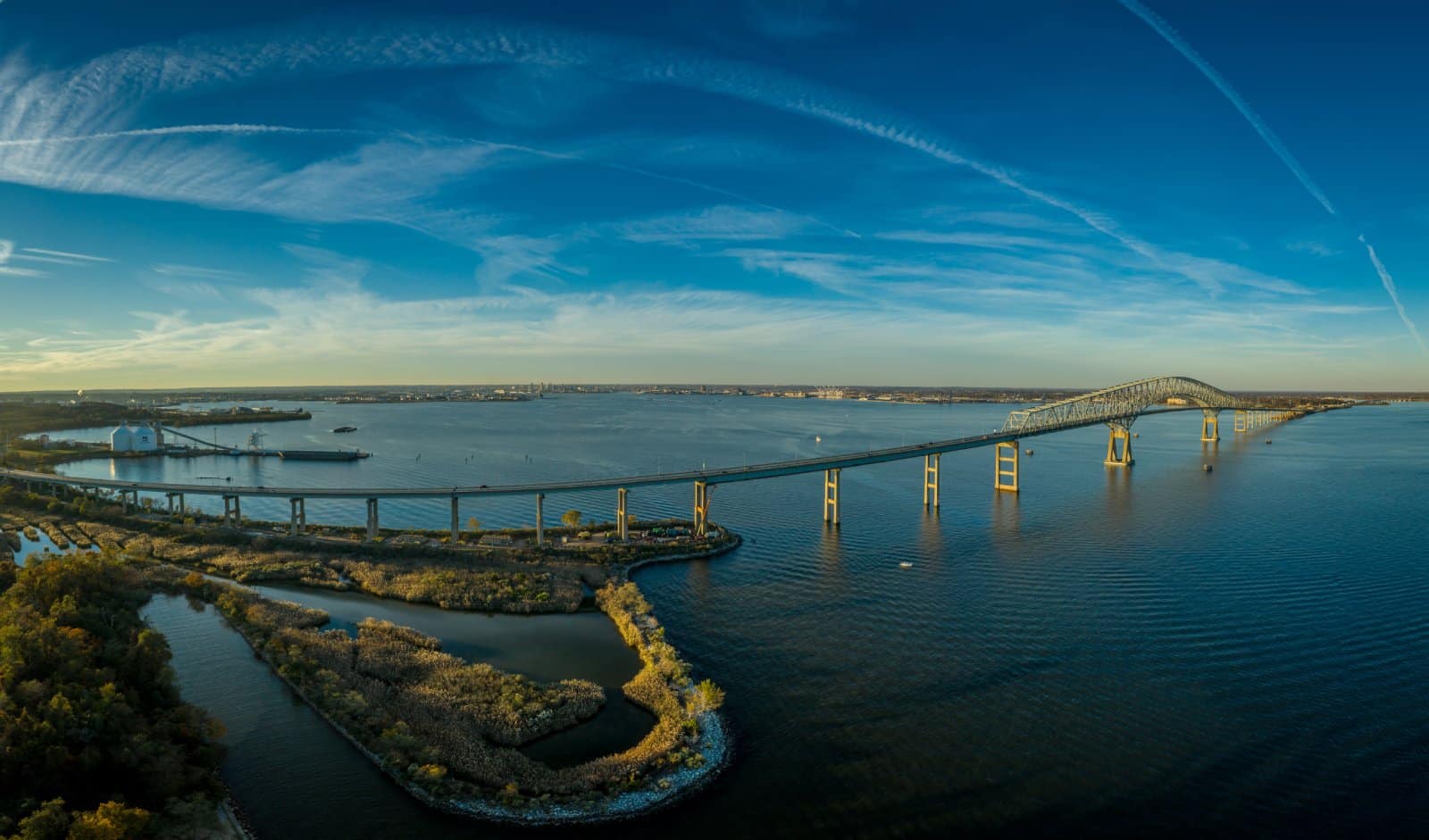
Early on Tuesday, the Francis Scott Key Bridge in Baltimore, Maryland, experienced a catastrophic collapse.
This vital transportation link in the region succumbed to the impact of a collision with a container vessel, resulting in severe damage and loss of human lives.
Economic Effect Evaluation

Transportation Secretary Pete Buttigieg approximates daily losses nearing $2 million in wages and potential job loss for around 8,000 workers.
The Port of Baltimore, a regional economic pillar, faces a standstill, disrupting crucial supply routes and commerce pathways.
The Port of Baltimore: A Critical Connector
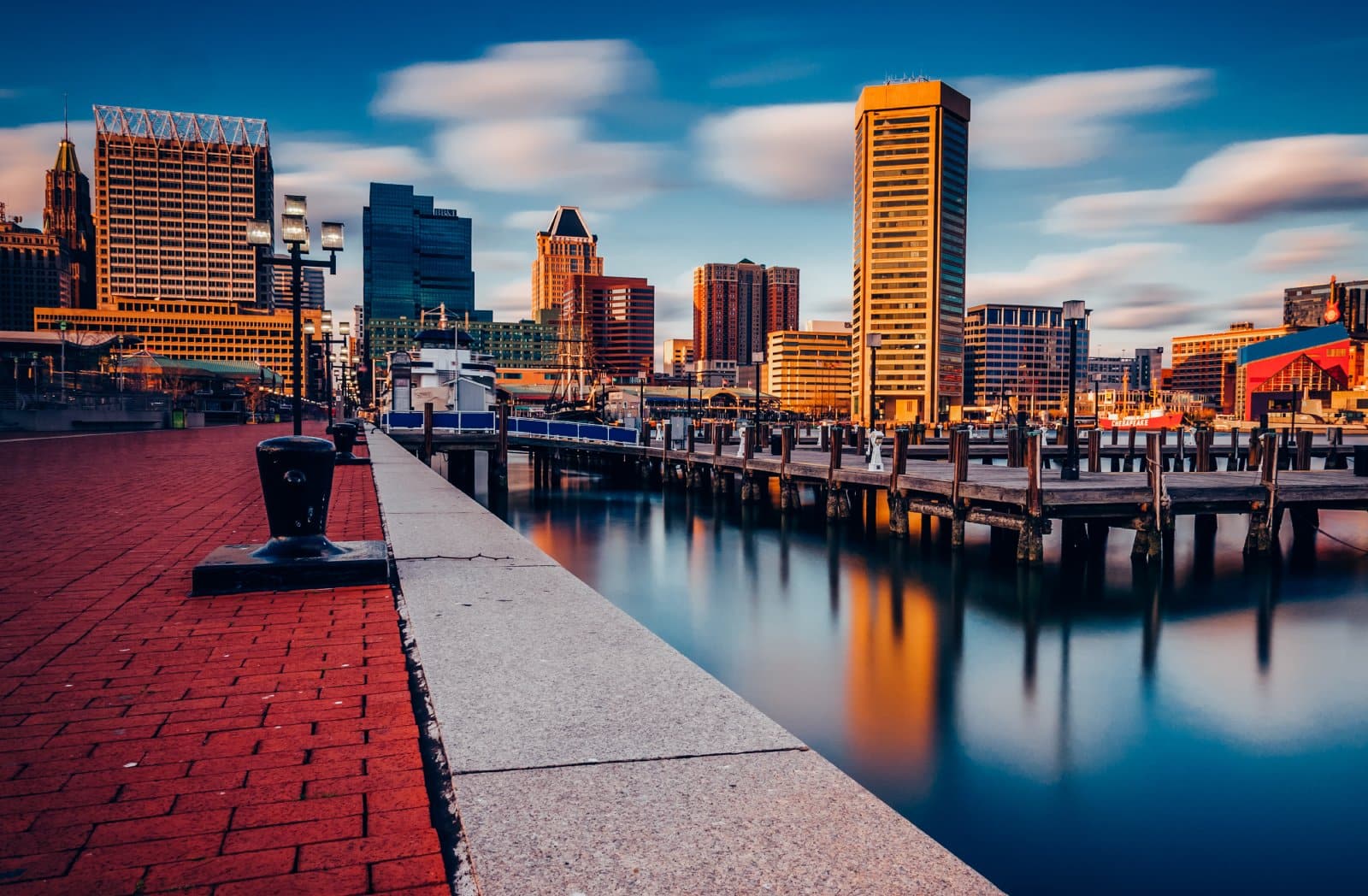
Baltimore’s strategic location and world-class facilities ensure the seamless transportation of vehicles and goods, fueling regional and national economic activity.
Rapid Response Amid Crisis
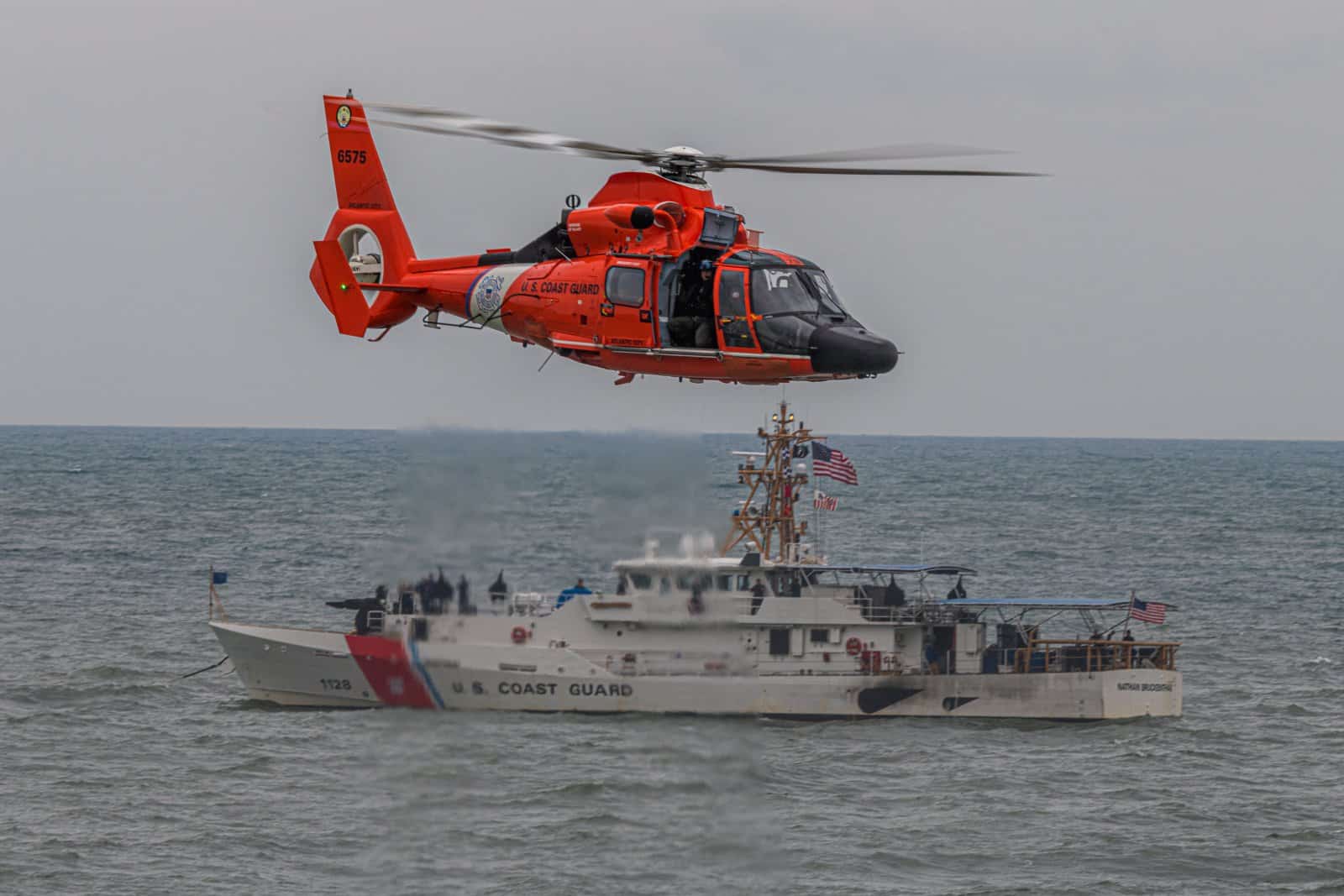
When disaster struck, emergency responders including the Coast Guard and Army Corps swiftly mobilized. Their immediate priority? Assessing damage and orchestrating cleanup operations to restore normalcy.
Presidential Action
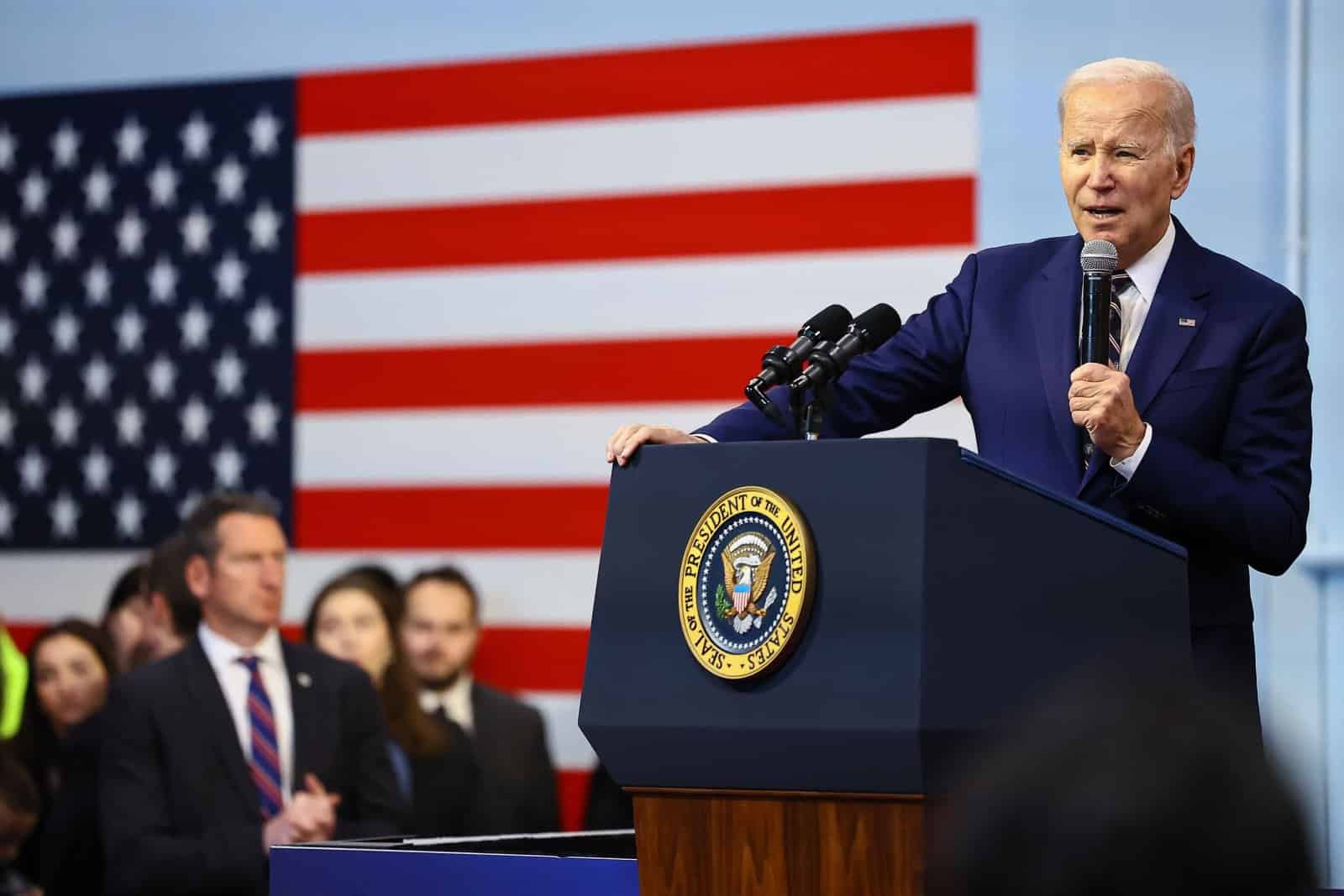
President Joe Biden moved swiftly to secure federal aid for rebuilding the collapsed bridge. He stressed cooperation and highlighted the Infrastructure Law as a crucial funding source for essential repairs.
Overcoming Supply Chain Obstacles.
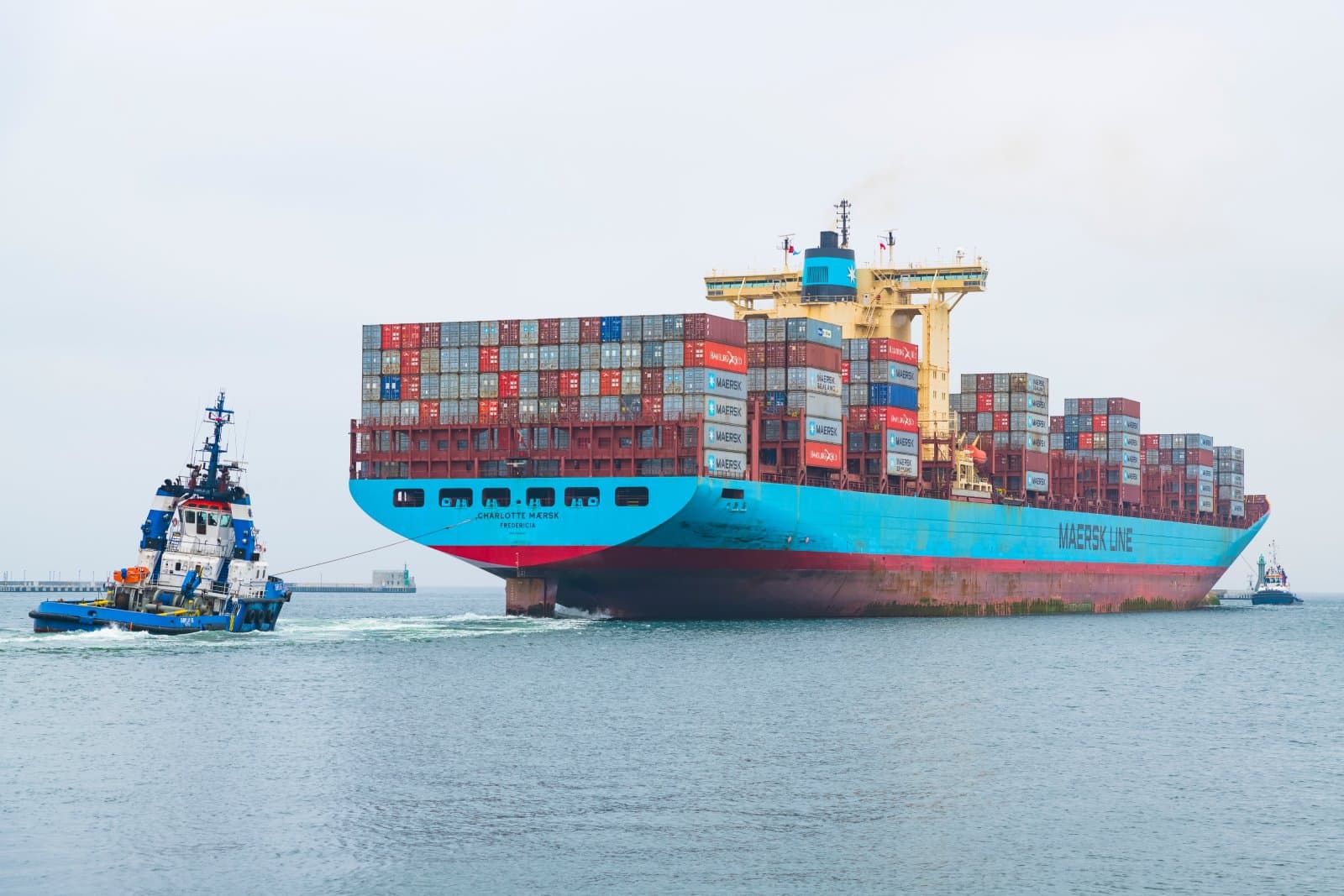
The collapsed bridge has caused companies to reroute cargo via alternate ports, preparing for potential delays in deliveries and increased logistical costs.
Effect on the Automotive Industry
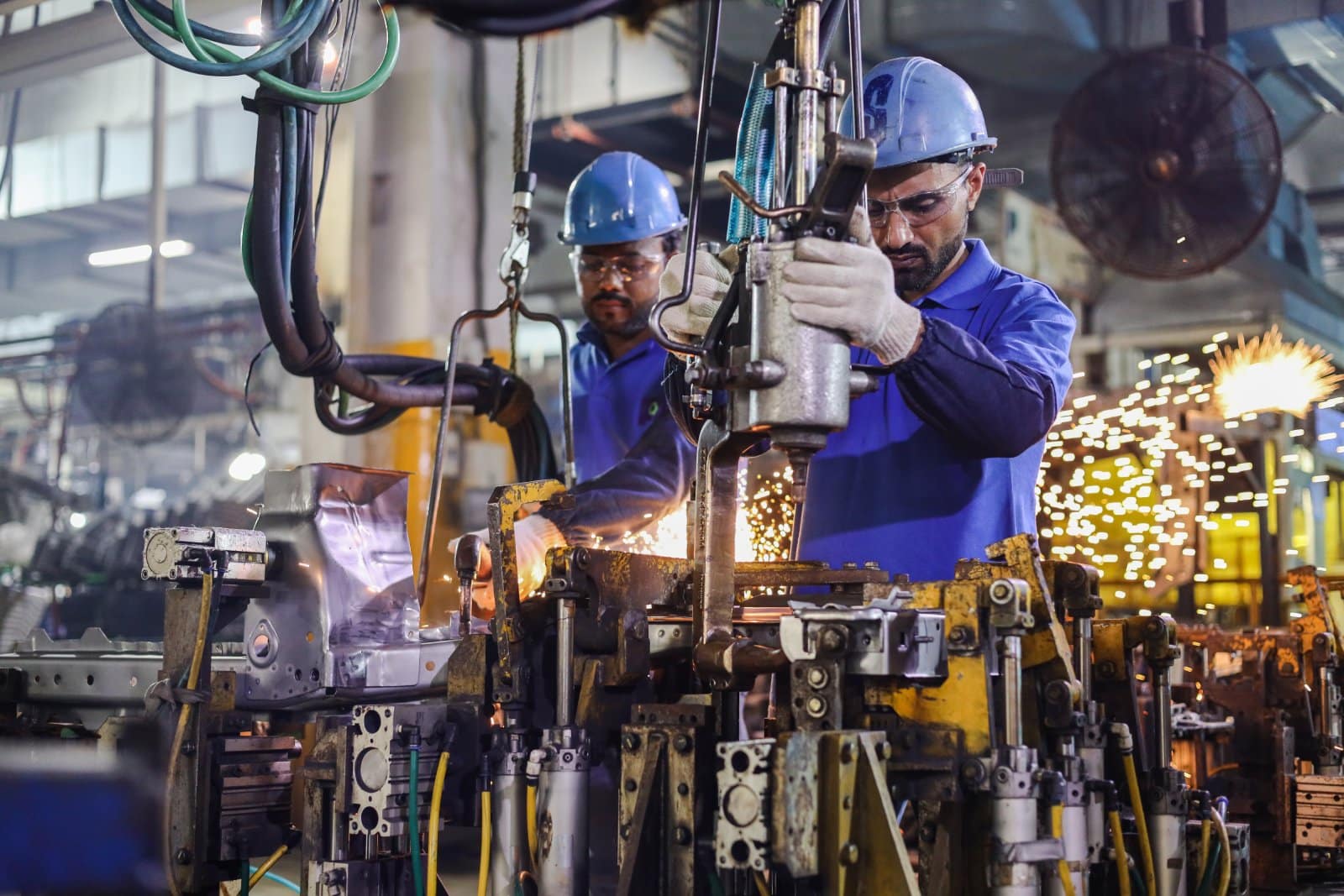
The port is crucial for the automotive sector, facilitating vehicle imports. Manufacturers, dealers, and buyers may experience extended delivery times and possible price hikes, heightening market volatility concerns.
Delivery Challenges
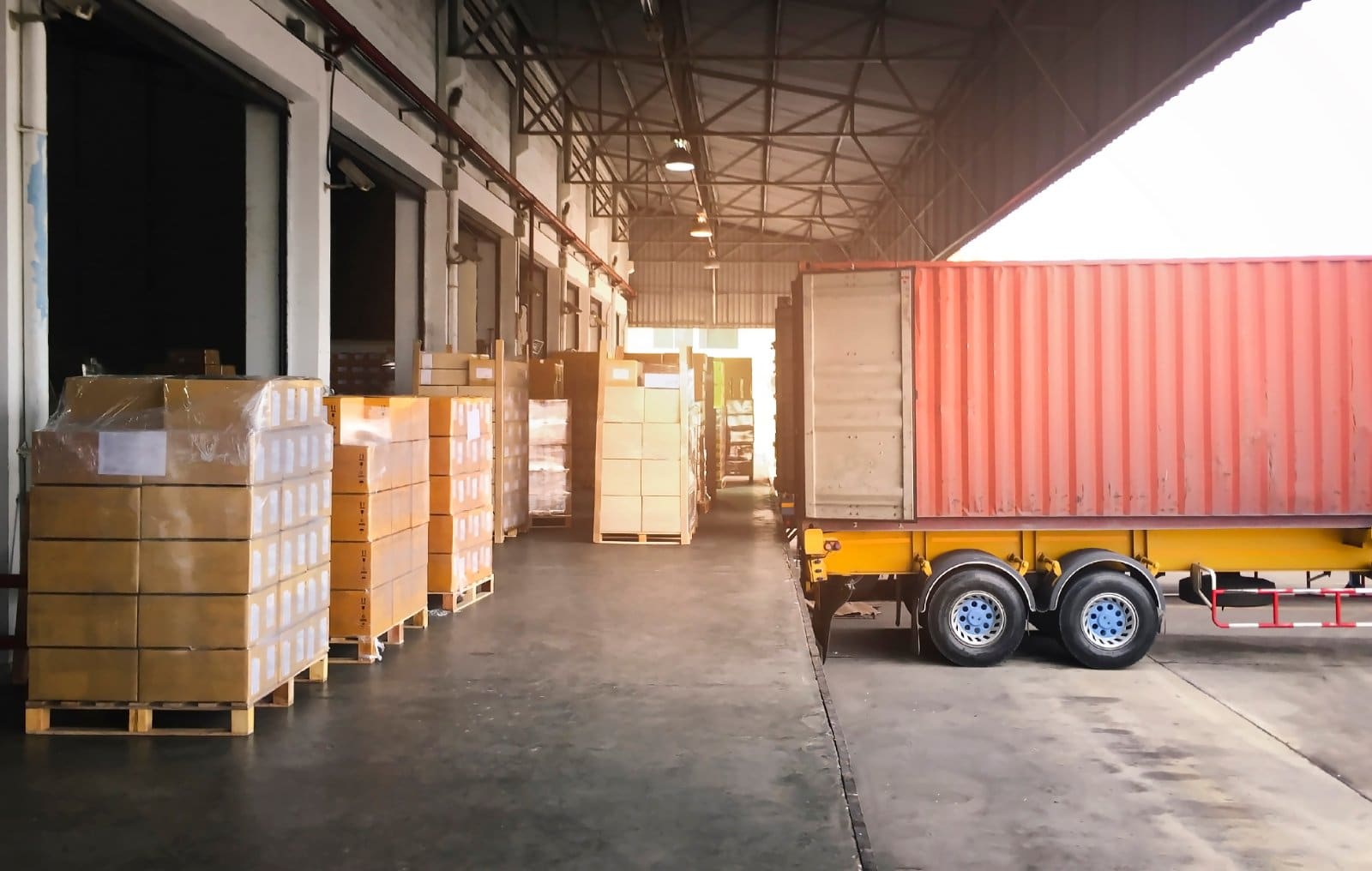
With trucking needs soaring and capacity constraints at alternate destinations, businesses, and transportation firms confront multifaceted hurdles.
They need to maneuver these challenges to sustain seamless movement of products and raw materials.
Consumer Considerations

Consumers may face difficulties with late shipments and potential price hikes for many goods, ranging from automobiles to home necessities.
Supply chain issues could lead to higher costs and fewer products on shelves.
Ripple Effects on the Regional Economy
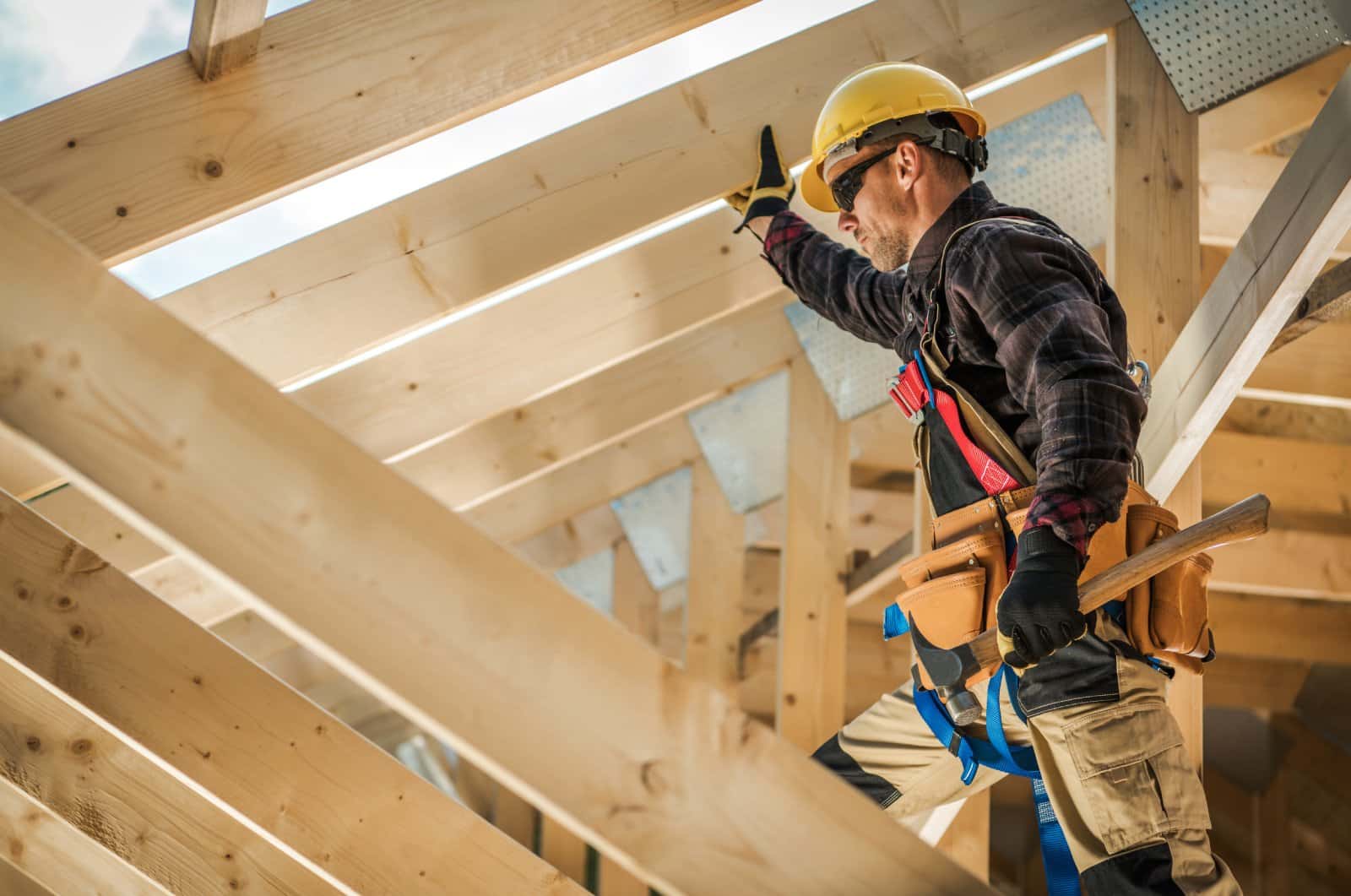
Various industries like manufacturing and construction brace for disruption. Job losses and reduced economic activity may impact surrounding areas.
The effects ripple across multiple sectors, creating widespread uncertainty.
Addressing Infrastructure Vulnerabilities
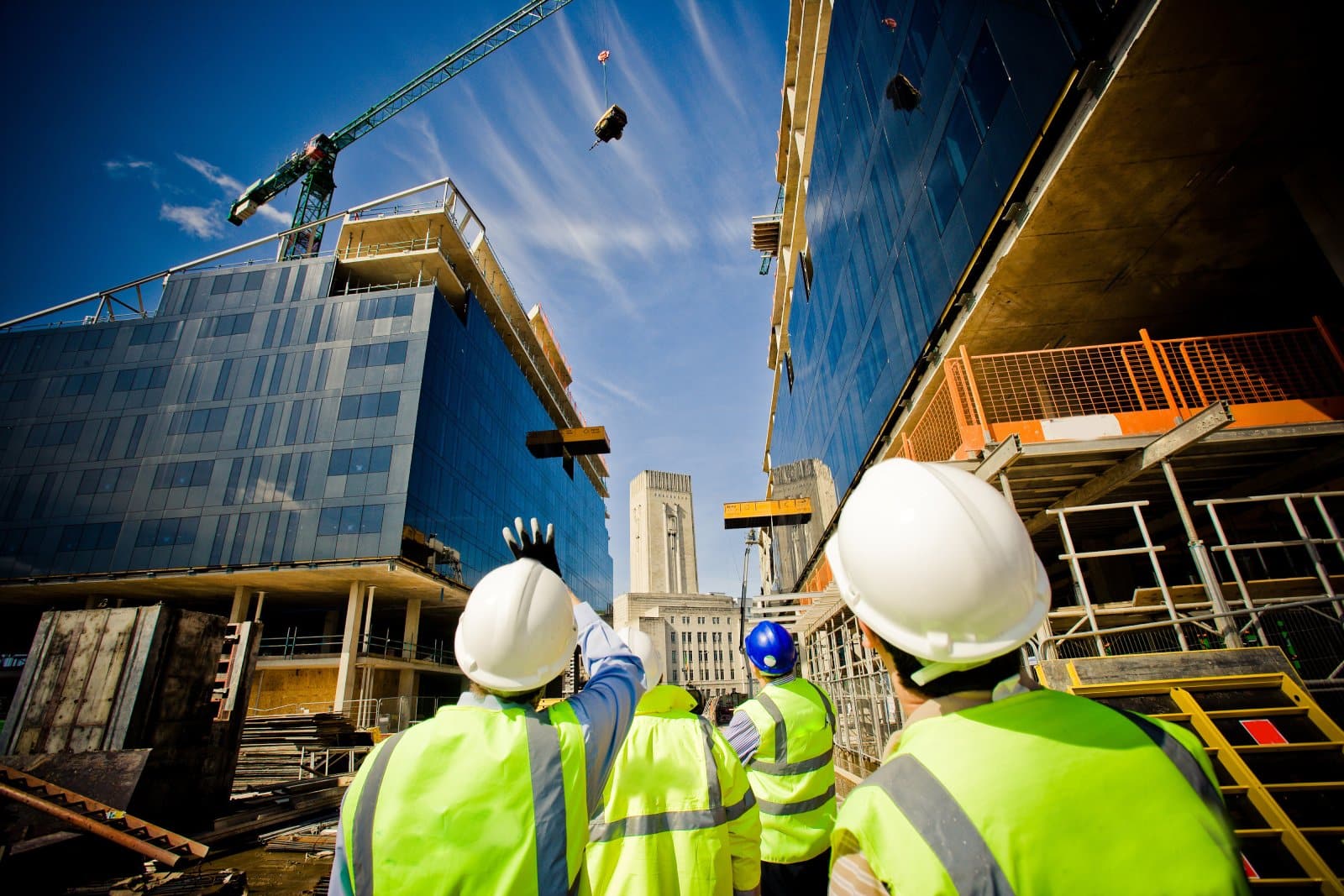
The bridge collapse emphasizes the urgent need to upgrade outdated infrastructure nationwide. Decision-makers should prioritize resilient, modern infrastructure to prevent future risks and protect economic stability.
Charting Long-Term Recovery

While immediate efforts focus on restoring normalcy, the road to recovery demands sustained investment and collaboration.
Rebuilding the bridge and fortifying infrastructure resilience emerges as linchpins in restoring confidence in the region’s transportation network.
Economic Durability

As businesses deal with disruptions to supply chains and transport links, the event highlights the pressing need for enhanced economic durability.
Strategies to diversify can help reduce impacts from potential future crises.
Industry Dependence
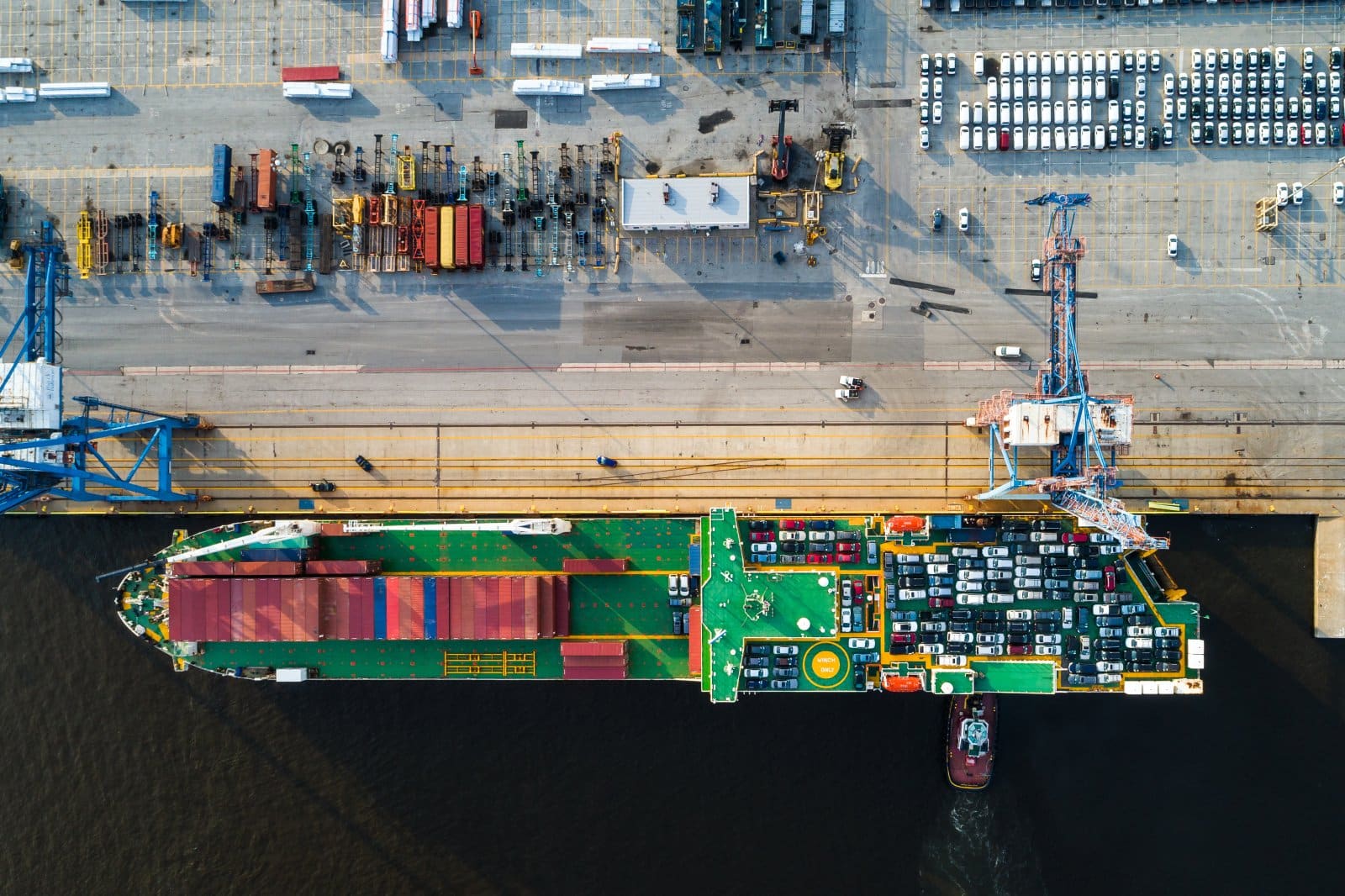
Many businesses depend heavily on the Port of Baltimore’s functioning for their economic success.
From carmakers to farm exporters, the bridge collapse interrupts essential trade routes and endangers the jobs of many workers in these fields.
Employment Impact

The bridge collapse jeopardizes many jobs, showing how closely linked the local economy is. It emphasizes the importance of targeted support for affected workers and businesses.
Supply Chain Disruptions
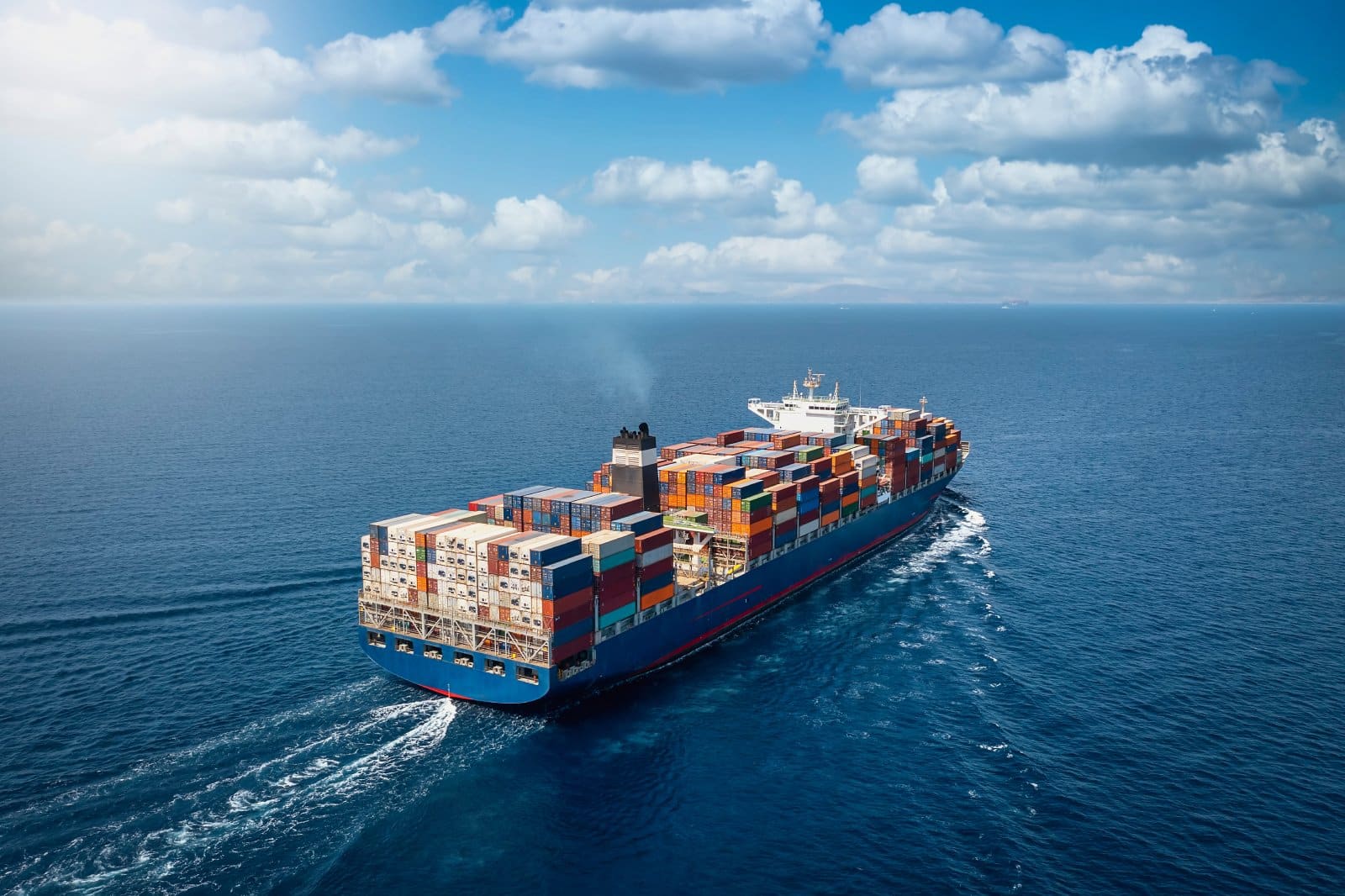
Rising shipping delays and transportation expenses are making it tougher for businesses to operate smoothly. This may force them to increase prices and cut down on profits.
Market Volatility

Publicly traded firms relying on the Port of Baltimore may experience fluctuations in their stock prices. This reflects concerns about revenue loss and disrupted supply chains following the incident.
Regional Competitiveness

With key transport infrastructure impaired, businesses may reconsider investment choices and supply chain strategies, and economic activity could shift to locations offering more reliable infrastructure.
Government Response
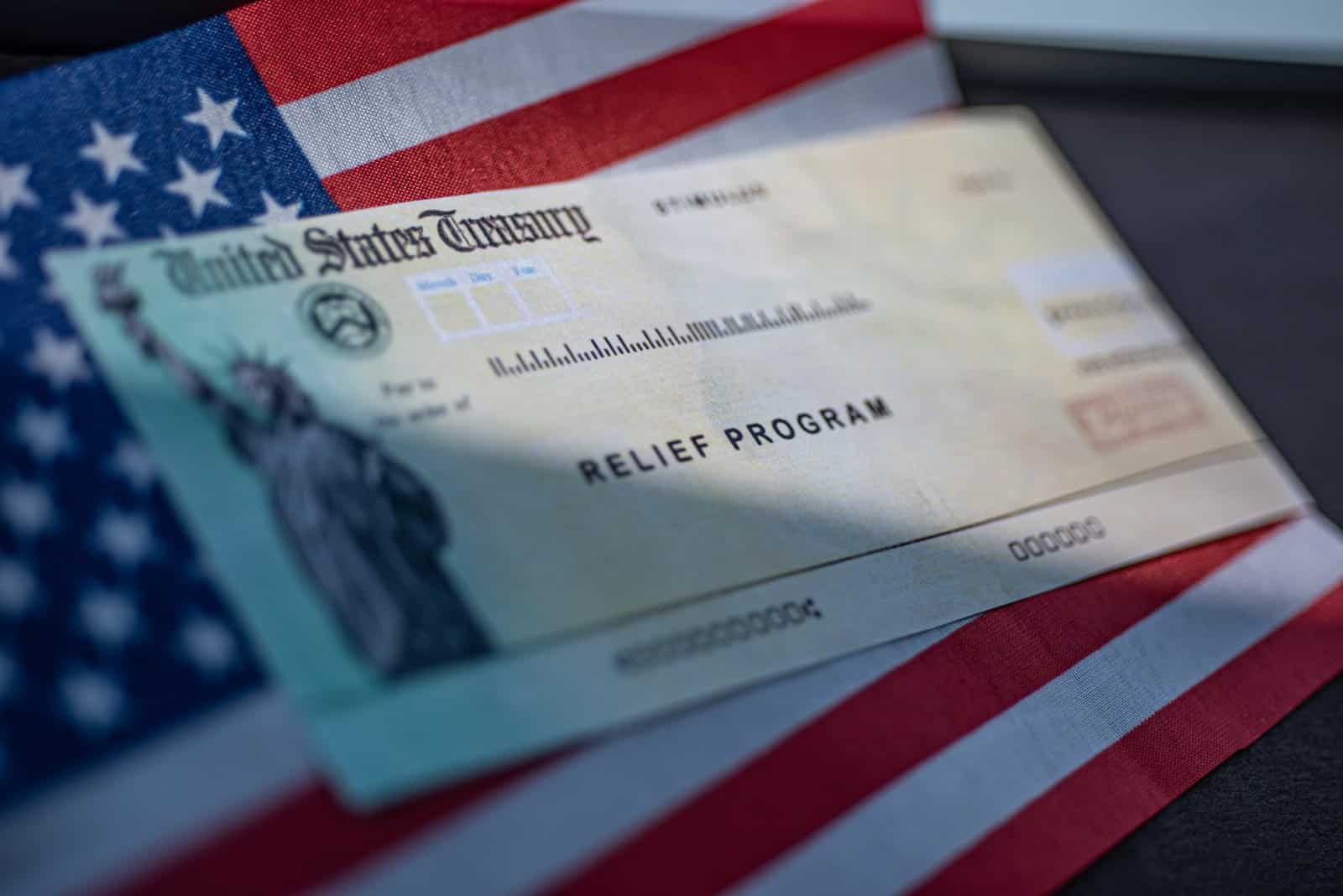
Federal and state agencies need to work together with industry stakeholders to speed up recovery efforts, offer financial assistance to impacted businesses, and enact policies that restore regional economic resilience and confidence.
Resilience is Key

Taking proactive measures like strengthening transportation infrastructure and enhancing emergency preparedness initiatives helps safeguard the region against potential threats, ensuring uninterrupted economic progress and lasting prosperity for all.
21 States Where Squatters Can Legally Claim Your Property
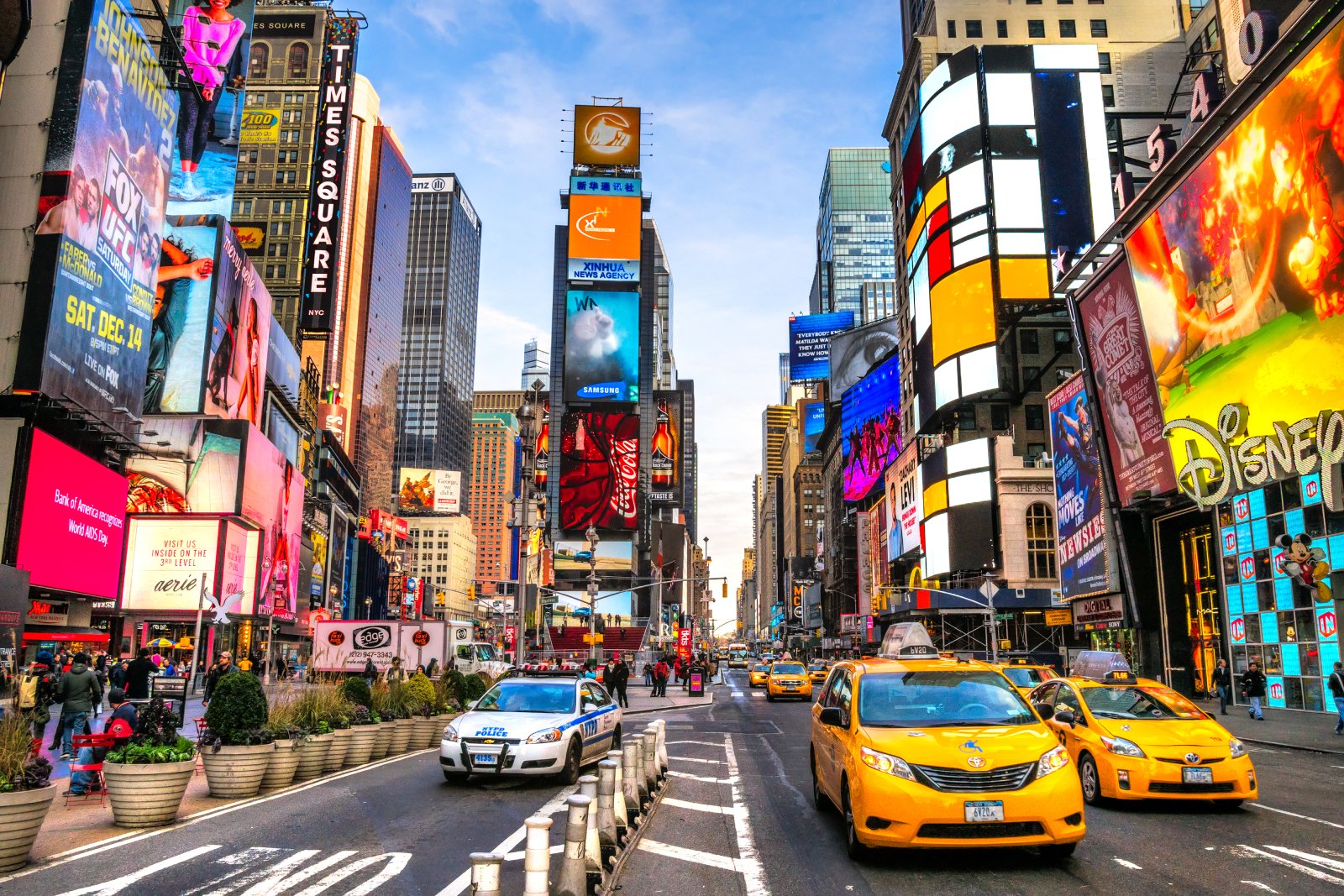
Discover how squatters’ rights, or adverse possession, are more than just legal jargon—they’re stories of unexpected twists in the world of real estate. From sunny California to the historical landscapes of Pennsylvania, here’s how these laws could turn the tables on homeowners and squatters alike. 21 States Where Squatters Can Legally Claim Your Property
14 Things That Are Banned in the U.S. but Totally Fine Elsewhere

Ever feel like America’s rulebook was written by someone with a dartboard? Across the pond or down under, things get even wackier. Let’s take a walk on the wild side of global “Do’s” that are definite “Don’ts” in the Land of the Free. 14 Things That Are Banned in the U.S. but Totally Fine Elsewhere
25 American States Nobody Wants to Visit Anymore
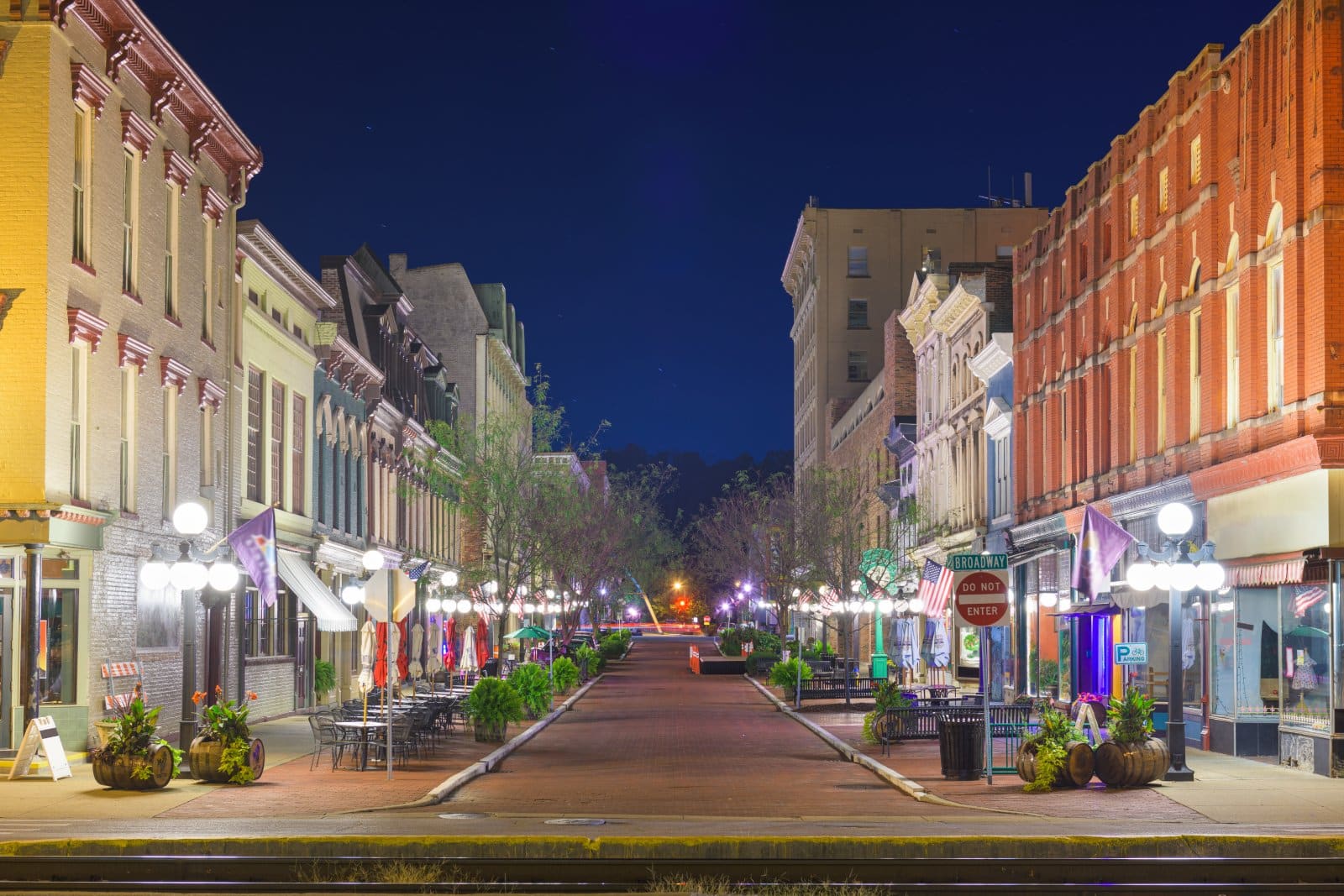
Across the United States, some states capture the hearts and itineraries of many, while others remain quietly on the sidelines, overshadowed or misunderstood. These 25 states, facing what you might call a popularity crisis, are brimming with hidden wonders, cultural riches, and natural beauty, awaiting those willing to look beyond the usual tourist trails. 25 American States Nobody Wants to Visit Anymore
20 Foods That Are Cheaper to Eat Out Than Making at Home

In a world where convenience often wins, certain culinary delights come with a lower price tag when enjoyed at a restaurant rather than crafted in your own kitchen. Here are twenty foods that might save you both time and money when indulged in at your favorite eatery. 20 Foods That Are Cheaper to Eat out Than Making at Home
17 Things You’re Paying For, but You Don’t Have To

In the land of the free, there’s a price tag on everything, but savvy Americans know better than to open their wallets for just anything. Here are 17 expenses you’ve been shelling out for without realizing there’s a cheaper or even free alternative. 17 Things You’re Paying For, but You Don’t Have To
The post Baltimore Bridge Collapse Causes Turmoil for Supply Chain and Local Economy first appeared on From Frugal to Free.
Featured Image Credit: Shutterstock / Sam Wiseman.
The content of this article is for informational purposes only and does not constitute or replace professional financial advice.
